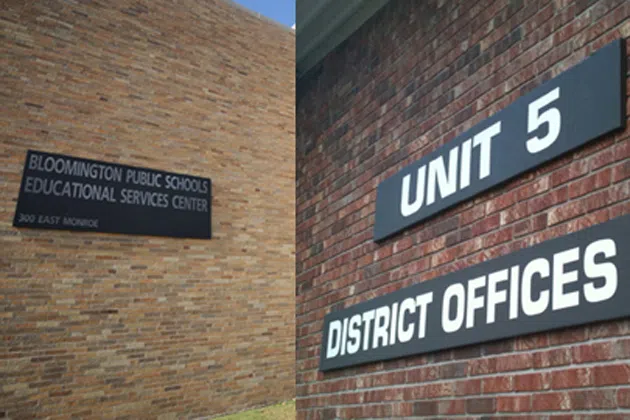
By Sean Copeland
BLOOMINGTON– According to the 2017 state report card, Illinois schools are not making strides in performance.
But the state average looks different when compared with Unit 5 and District 87 levels of comprehension and overall education.
District 87 Superintendent Barry Reilly said standardized testing doesn’t provide an accurate picture.
“It’s a pretty poor way to go about judging whether or not kids are getting a quality education,” said Reilly. “A better way to do it is through growth and we’ve got ways to that we can demonstrate that. Unfortunately the PARCC exam is not one of them, the state assessment is not one of them.”
Reilly said much of his frustration over the Partnership for Assessment of Readiness for College and Careers or (PARCC) stems from the inability to plan improvements for the following year due to the April test results not getting back to administrators until late october, mid-school year.
“But this one snap shot that I get, basically this week, we haven’t had the ability to sit and do that deep dive into any of these areas to tell us… to look really hard behind those numbers to find out what’s really going on,” said Reilly.
One of the most dominant trends shown in wide margins was of minority students not meeting expectations, by a ratio of 3 minority students to every white student.
Unit 5 Deputy Superintendent Ray Epperson said this has been an issue even statewide and nationally since the No Child Left Behind Act of 2001.
“There is still an achievement gap between different ethnicities looking at the district data and the state data, but it’s almost the identitical disparity in the state. And what we do is, we look at trend data and look at different resources,” said Epperson.
However, Unit 5 scored higher in the last year in the core disciplines than the state average. Epperson says this is due to many of the programs instituted over several years which address specific issues tailormade for students.
“We’ve implemented more readers workshops and writing workshops, and this year we’re implementing mathematic workshops,” said Epperson. “Those are basically small group instruction where you’re targeting instruction to student need, the student areas of strength and the areas students need to improve on and providing those instructions right away.”





